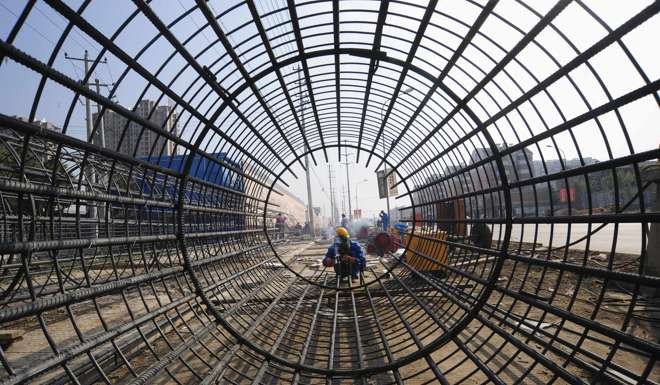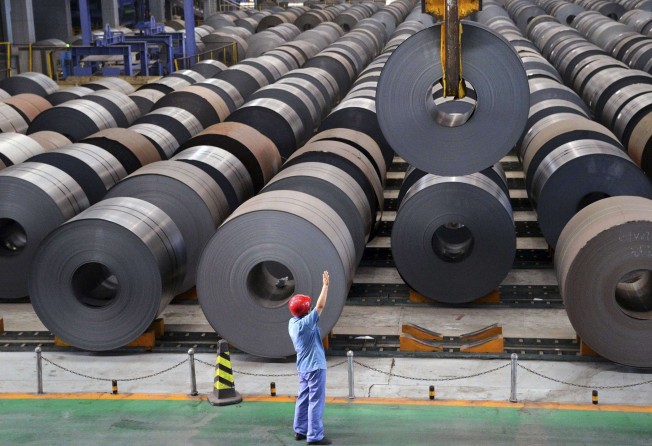
Chinese local government finances improve but provincial imbalances still pose significant risk, says Moody’s
Regional government revenues, including tax and non-tax revenues, rise 11pc in the first six months and land sales increase 10pc

The fiscal position of Chinese local governments improved in the first half of the year, and the positive trend is expected to continue, according to Moody’s Investors Service.
Nicholas Zhu, a vice president and senior analyst at the ratings agency, said monetary and fiscal stimulus continued to support GDP growth during the period, and grew at a faster pace in nine provinces versus seven last year at the same stage.
The latest Moody’s statistics show debt and equity financing at local government level grew at a faster pace in 13 provinces, growth in industrial production accelerated in 12 provinces, while fixed-asset investment growth increased in nine.
Local government revenues, including tax and non-tax revenues, rose by 11 per cent compared with a year earlier, its figures show, and land sales, another major source of revenue, increased by 10 per cent.
Those revenues will continue rising in upcoming quarters, said Moody’s, because of a stabilisation of the Chinese economy, and in the real estate market in many provinces, particularly.
In the six months, 22 provinces reported increases in new residential and commercial real estate construction starts on a year-on-year basis.
The price of land also continued to rise in most large cities, especially for residential plots, as did the price of newly developed residential properties, although the increase was slower in the first-tier cities, Beijing, Shanghai, Guangzhou and Shenzhen.

Lou Jiwei, China’s Finance Minister, said recently that national local government bond issuance hit 3.9 trillion yuan in the first seven months.
And the Moody’s data appears to chime with that figure, registering the highest ever level in April 2016 at 1.06 trillion yuan.
Three quarters of that total issuance was part of a debt-for-bond swap programme sponsored by the Ministry of Finance, it said, and the costs local governments will have to pay on their debt is being cut by four to five percentage points on average.
But while the overall picture is brighter, Moody’s said risk still remains.
“We note regional and local governments’ economic and fiscal positions vary widely, with some provinces heavily exposed to excess-capacity industries such as coal, steel and basic manufacturing lagging behind,” adds Zhu.
Moody’s warns that while the growth supported by policy stimulus might seem to minimise short-term risks, it is likely to leave the deep imbalances across regional economies unaddressed, increasing long-term adjustment costs.
Given the massive bond issuance by local government, Finance Minister Lou acknowledged last month that it is vital China improves the management of local government debt to contain risk.